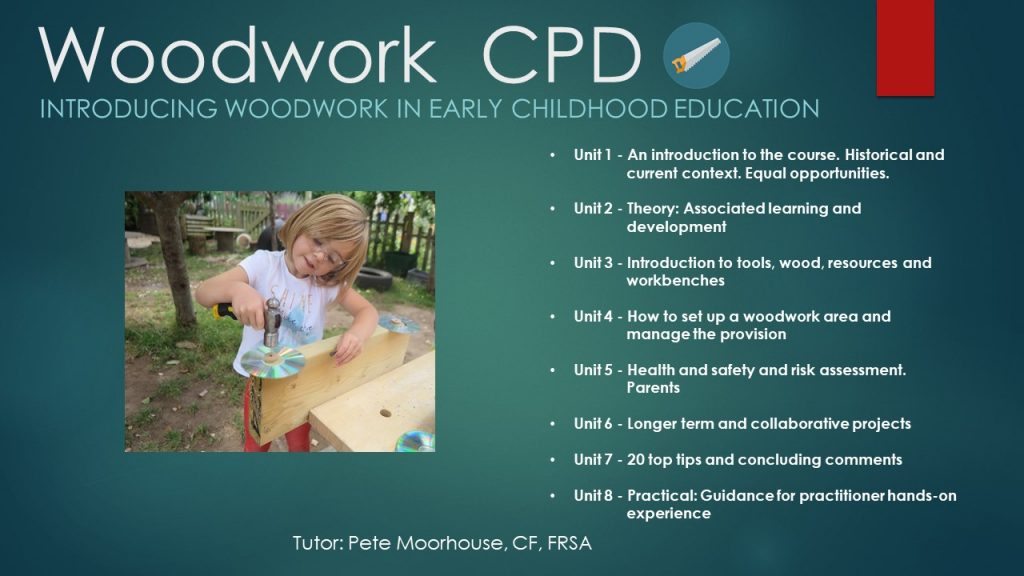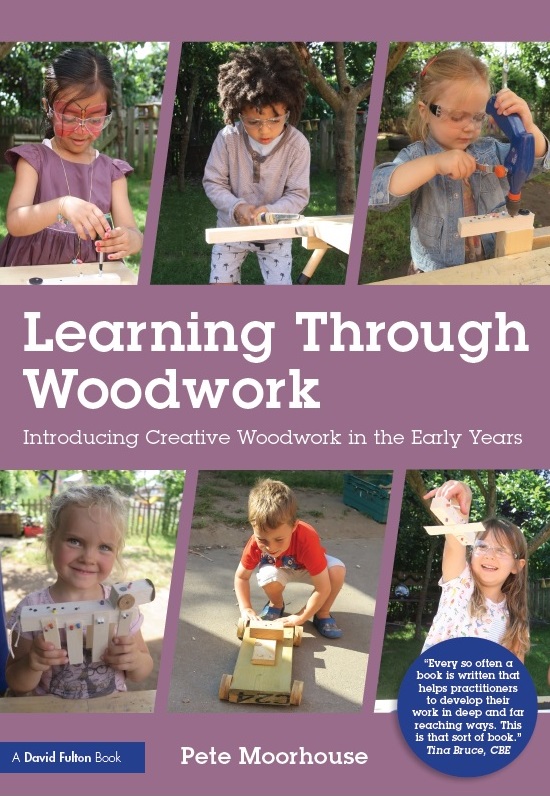
Maria Montessori believed that young children should be engaged in meaningful work using their hands. She described this work as ‘purposeful activity’. The Montessori Method of Education emphasises the importance of independence, and views children as naturally eager for knowledge and capable of initiating learning in a sufficiently supportive and well-prepared learning environment. Woodwork certainly provides ample opportunity for this ‘self-education’.
Montessori teaching strategies are based on the idea that, given a developmentally appropriate learning environment, children are capable of teaching themselves by selecting activities of interest, and investigating them. Within Montessori we talk about didactic materials – open ended materials that draw curiosity and provide multiple creative options. Montessori encouraged the use natural, aesthetic materials such as wood rather than plastic. Wood is a wonderful material to work with and can be worked in so many different ways. The Montessori teaching strategies are based on the idea that, given a developmentally appropriate learning environment, children are capable of teaching themselves by selecting activities of interest, and investigating them.

After initial instruction on how to use the tools safely, children explore the possibilities, following a constructivist or “discovery” model, where students learn concepts from doing, exploring the materials and following their interests rather than following direct instruction. Thus children are given freedom within limits. The adult role is supportive, observing the individual child’s characteristics, tendencies, innate talents, and abilities.
In terms of the prepared environment – a workshop/ tinkering area – with workbench, wood and other resources and tools really adds to creating a rich inviting environment.
For in-depth online training on how to embed woodwork within settings:

The book ‘Learning through Woodwork’ by Pete Moorhouse also provides a comprehensive resource – available worldwide:
Published by Routledge 2018:

